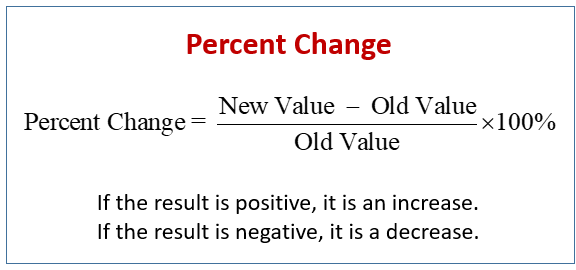1 answer
The following users marked this post as Works for me:
| User | Comment | Date |
|---|---|---|
| Chgg Clou | (no comment) | Dec 21, 2021 at 00:37 |
When you say “the value changed by 5%” what you actually mean is “the value changed by 5% of the old value” (this is by convention because that is in the vast majority of cases the quantity you are interested in). And that is why you have to divide the difference by the old value.
If you want to base the difference on something else, you have to explicit say so, for example if you say “the price increase of butter was 50% of the price increase of margarine” then the base quantity is the price increase of margarine. And in that case, you'd calculate the percentage as $$\frac{\text{new price of butter} - \text{old price of butter}} {\text{new price of margarine} - \text{old price of margarine}} \times 100\%$$
In short, the denominator is always the base quantity, and for changes of a value, if not stated otherwise, the base quantity is by convention the old value.






















0 comment threads